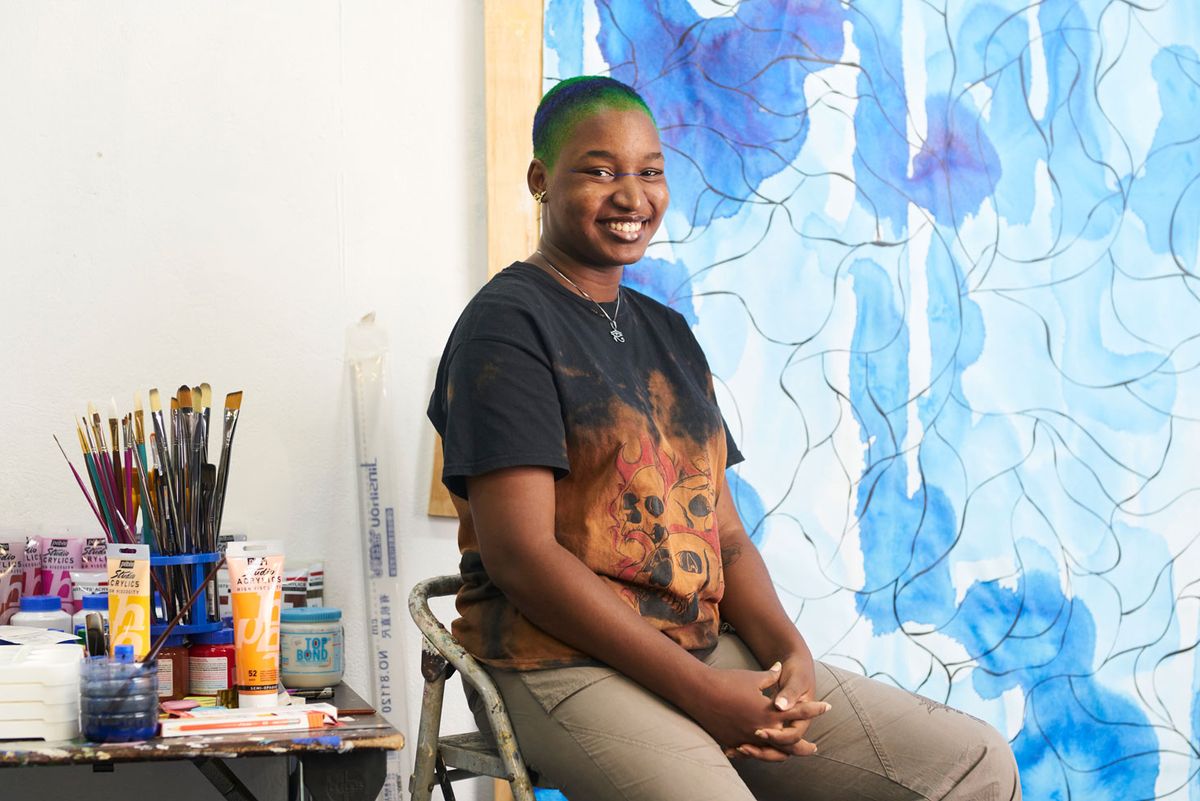Araba Opoku, artist
What Artists Wear (2021, Penguin) by Charlie Porter
Infinity Net: The Autobiography of Yayoi Kusama (2020, Tate) by Yayoi Kusama (translated by Ralph McCarthy)
“Clothes to me are like horoscopes—with an artist’s choice of clothes you can deduce, to some extent, their personality. The extensive dissection of the art and the artist, through the clothes we wear, is a topic that [has so far been] lightly touched on or hidden. I’m obsessed with clothes and the innate power they possess. Every day is a performance, and clothes are another tool in an artist’s arsenal [which are] useful in enacting and completing the scene. Porter captures the various ‘archetypes’ associated with artists. He emphasises the shift from the ‘codification of patriarchy to the breaking of the canon’. Infinity Net makes me feel like I am staring at a mirror and my reflection happens to be Yayoi Kusama. We enter through her mind, struggles and life. It’s an exciting journey through infiniteness.”

Clarrie Wallis
Clarrie Wallis, director of Turner Contemporary
Point Break: Raymond Pettibon, Surfers and Waves (2022, David Zwirner Books) by Jamie Brisick and Brian Lukacher
“To me, summer reading can bring unseen depth to moments undertaken for spontaneous joy. In our family, this passion is coupled with surfing, so Point Break hits a chord with years of sun-soaked holidays. Raymond Pettibon began his iconic surfing and surf culture series in 1985, producing large-scale colour paintings and small monochrome ink drawings combined with text, a hundred of which are brought together with several essays in this volume. These works remind us of the ocean’s inherent danger but also radiate pure rapture and convey the nihilistic pleasure of the sport. Two texts by female big-wave surfers, Emily Erickson and Stephanie Gilmore, describe how surfing gives you an awareness and appreciation of the natural world that has much to do with the sublime.”
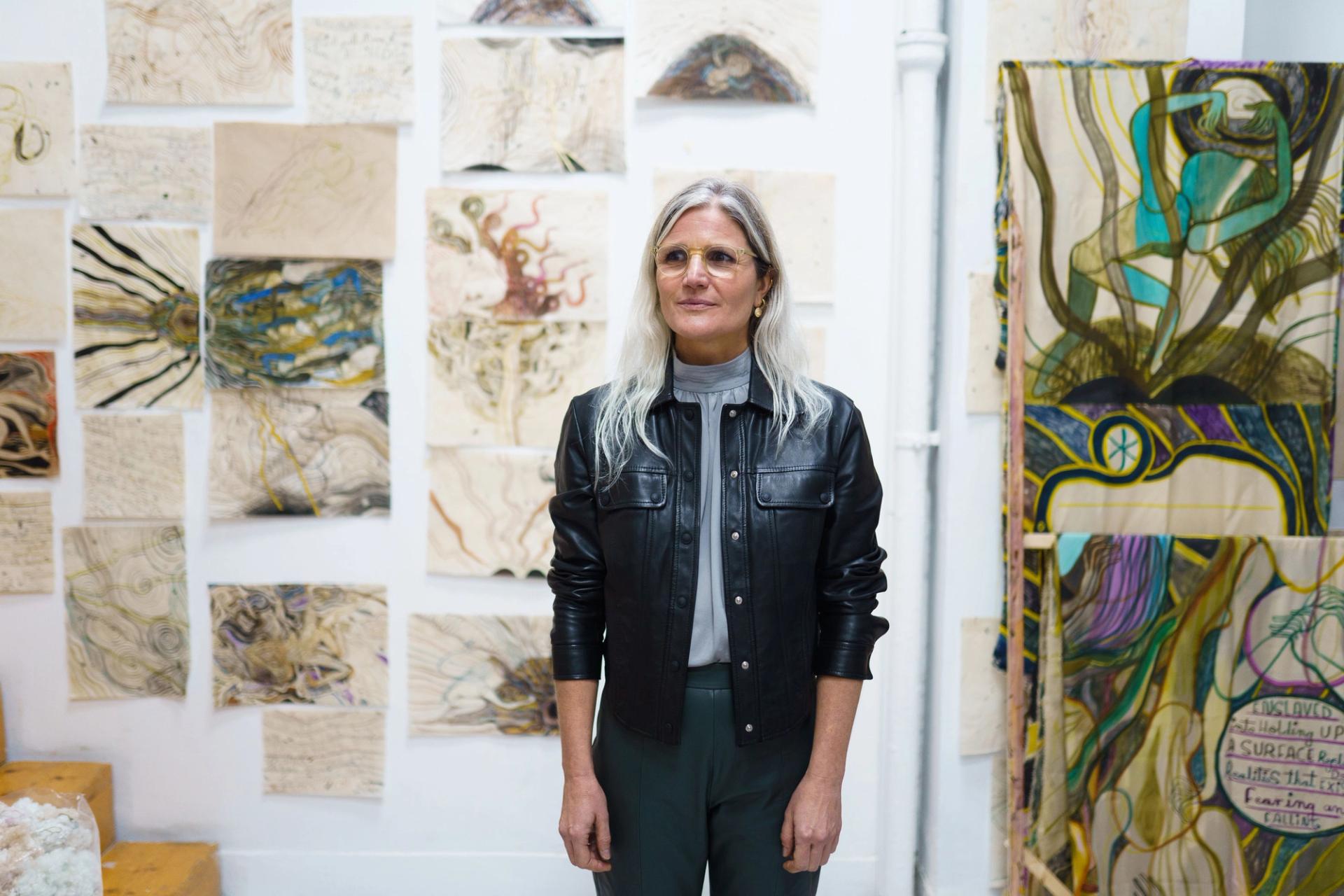
Emma Talbot (2021) Photo: Tiwi
Emma Talbot, artist
The Fifth Sacred Thing (1993, Bantam) by Starhawk
“The Fifth Sacred Thing is an ecotopian fiction that describes a polarised, post-apocalyptic mid-21st century America. One faction, neo-pagans who live sustainably, are invaded by soldiers of a fundamentalist Christian nation that has maintained a grim, dystopic capitalist existence. Narrated from the point of view of a 98-year-old woman, the novel seems horrifyingly prescient and reading it today would be a perfect introduction to the powerful work of Starhawk, an activist who is gaining increasing recognition in the contemporary art world as a sage, important voice.”
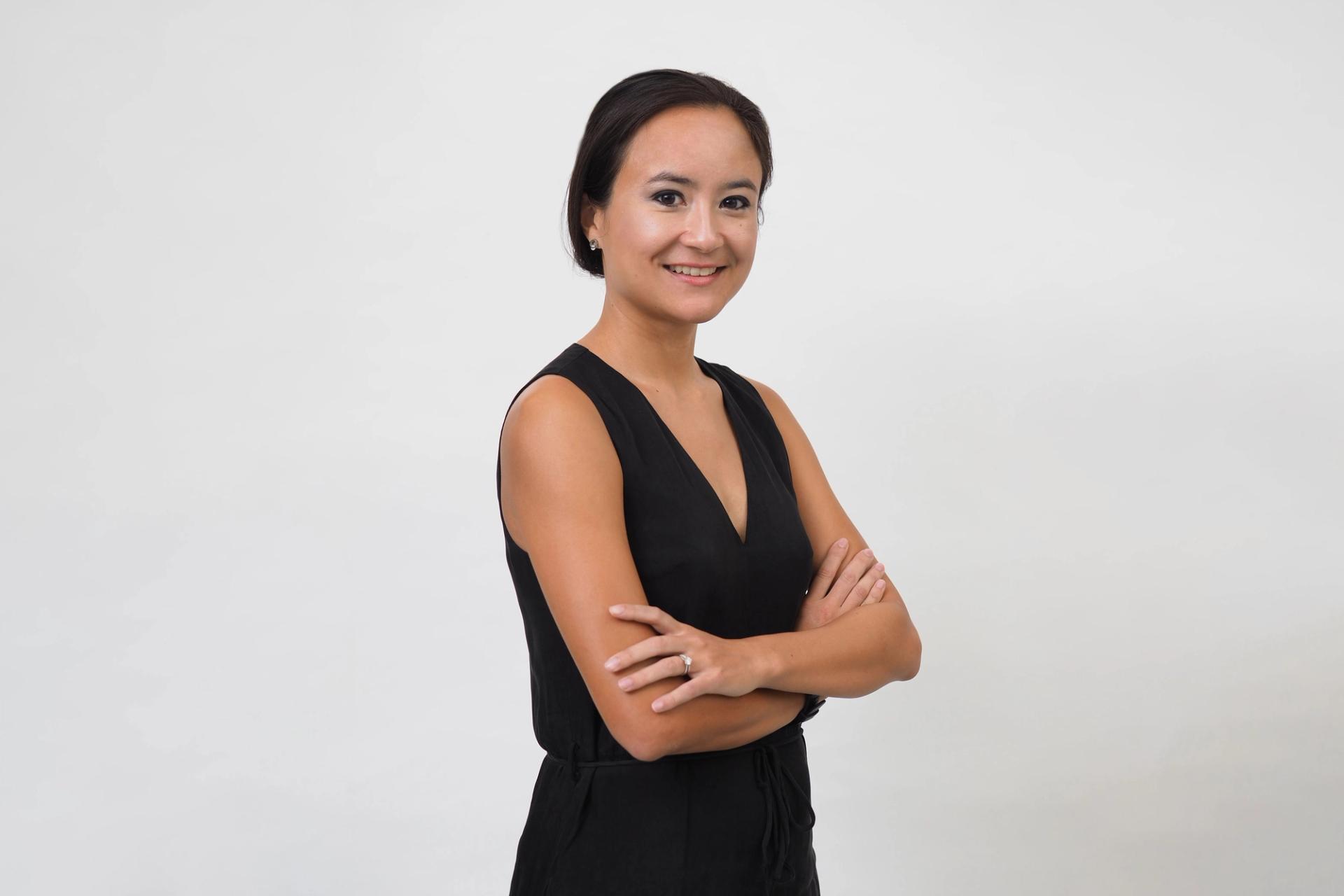
Melanie Pocock Photo: Ken Cheong, 2018
Melanie Pocock, curator at Ikon
Black Paper: Writing in a Dark Time (2021, University of Chicago Press) by Teju Cole
The Year of Magical Thinking (2005, Alfred A. Knopf) by Joan Didion
“While this summer feels optimistic for many—with restriction-free travel now viable—it seems strange to turn to books that reflect on dark times. Yet during my own sun-soaked holiday abroad, I found comfort in Teju Cole’s and Joan Didion’s writings on the darkness that shadows everyday life and art. In Black Paper Cole addresses a wide range of subjects, from the colour black in art to the politics of refusal, beguiling readers with ‘the wisdom latent in the dark’. Didion also invites us to see the light at the end of the tunnel in The Year of Magical Thinking, her candid account of the year following her husband’s sudden death. The light that Didion evokes, however, is far from the happy endings of Hollywood films (a milieu with which she was familiar through her screenwriting) but the epiphanies that only intense grief can trigger. Among these are the importance of letting go and the realisation that, in the face of death, change is the only constant.”
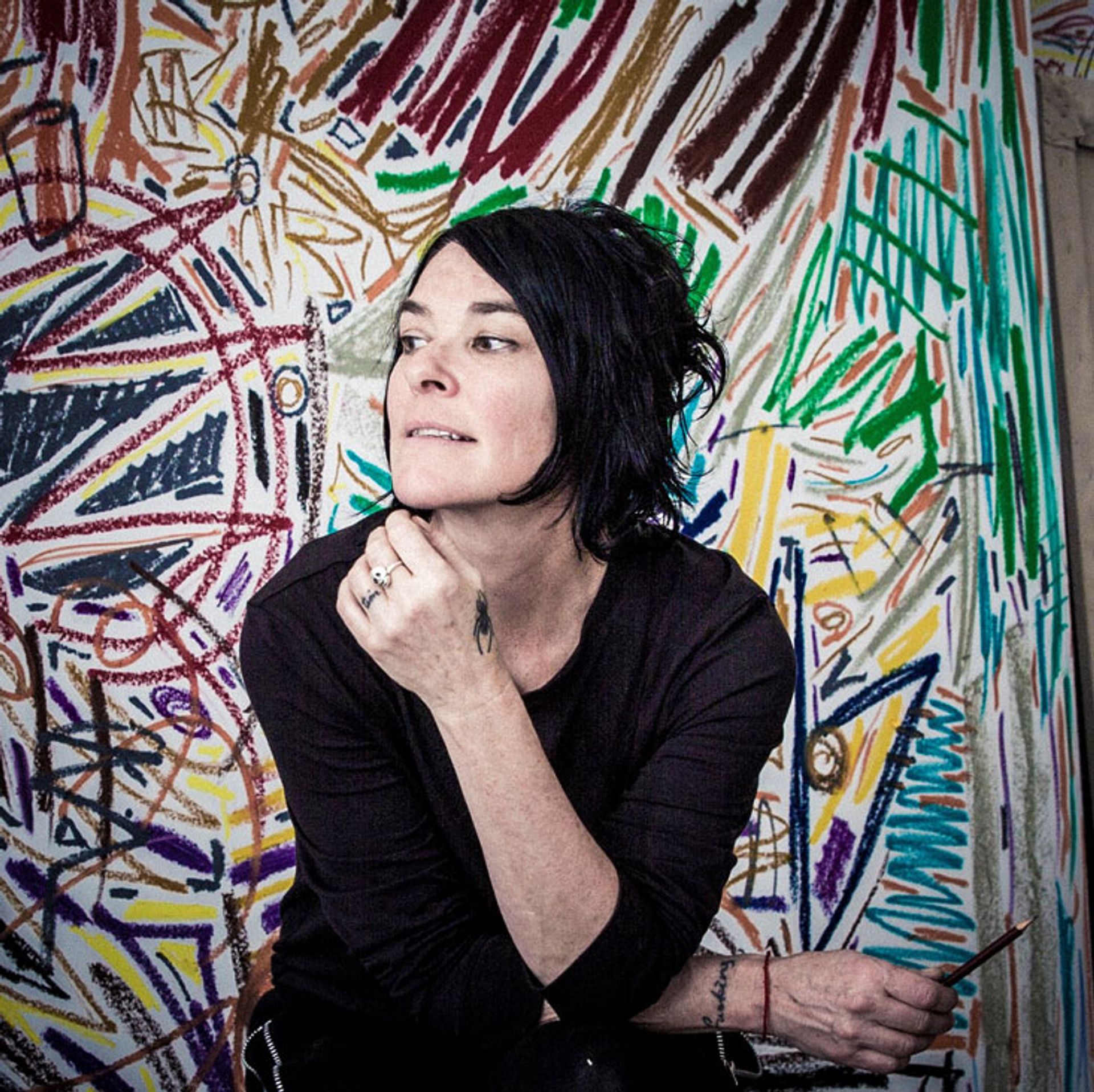
Sue Webster Photo: Robert Fairer
Sue Webster, artist
A Drink with Shane MacGowan (2001, Pan Macmillan) by Victoria Mary Clarke and Shane MacGowan
“I love a good biography, especially a rock’n’roll one. I love finding out what it takes to make a genius and the extraordinary stories of how one gets from A to B against all odds. A Drink with Shane MacGowan ain’t your average biography but a series of transcribed conversations between Shane and his wife Victoria Clarke conducted in the back of taxis, propping up bars, dining out in posh restaurants and waiting to get deported in airport lounges. This book delves into the extraordinary and unconventional mind of one of the most uncompromising musicians of our time with an encyclopaedic knowledge of traditional Irish music, culture, philosophy, theology and all things Punk—spewed from the lips of a man who started drinking, smoking and gambling at the age of 11.”
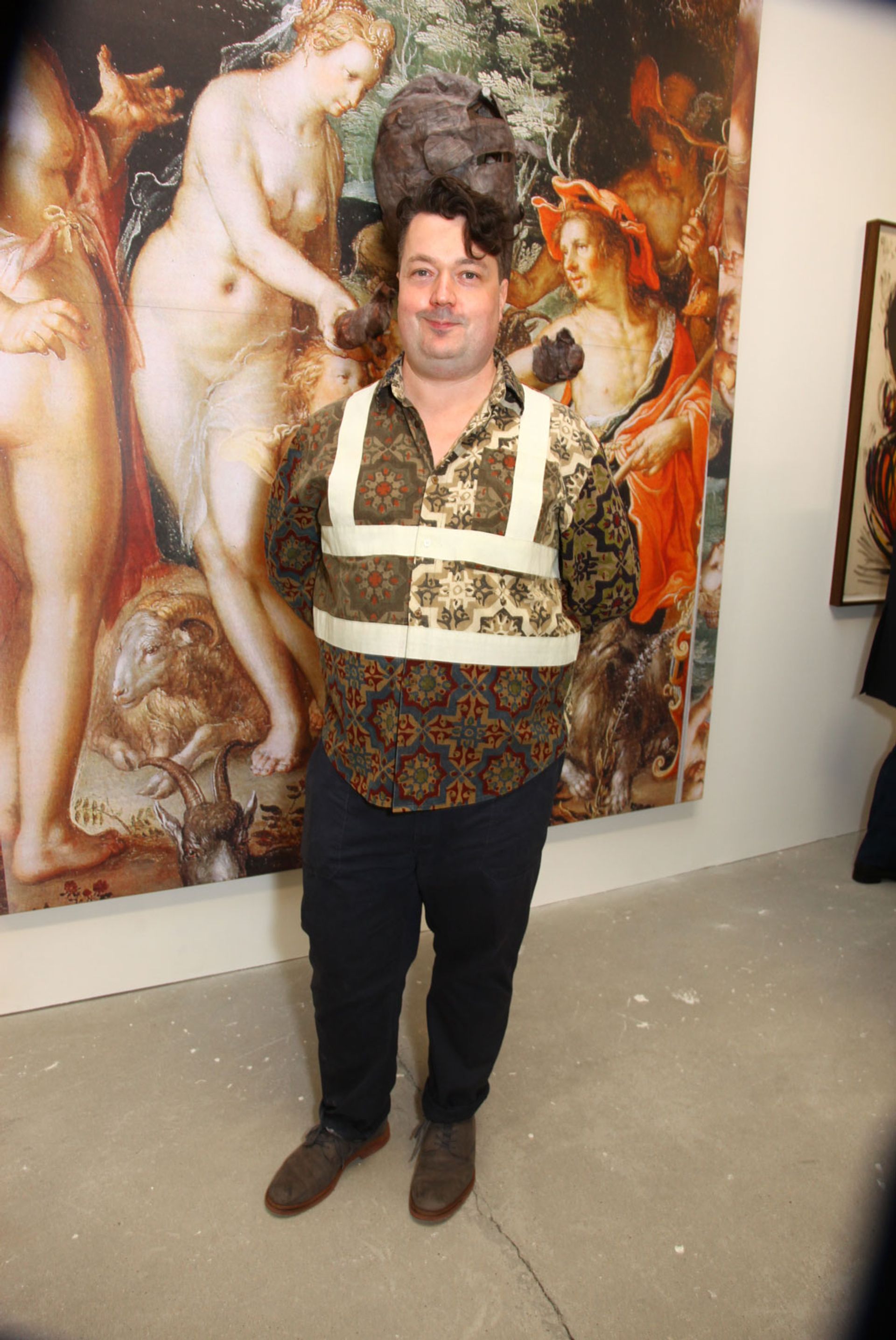
Joe Scotland Courtesy of Studio Voltaire
Joe Scotland, director of Studio Voltaire
Bee Reaved (2021, Semiotext(e)) by Dodie Bellamy
“Bee Reaved is a collection of recent essays by Dodie Bellamy, which the writer selected after the death of Kevin Killian, her partner of 33 years. I take pleasure in Bellamy's writing—she is straightforward, honest and smart. Texts reflect on a number of artists’ work, such as Mike Kelley and Mary Beth Edelson. But the essays I really enjoy are the ones that take a more direct personal narrative. The Violence of the Image is a good example, dealing with abuse caused by having an online bully and stalker. Bellamy reflects on the violence inflicted on her with sharpness and humour.”
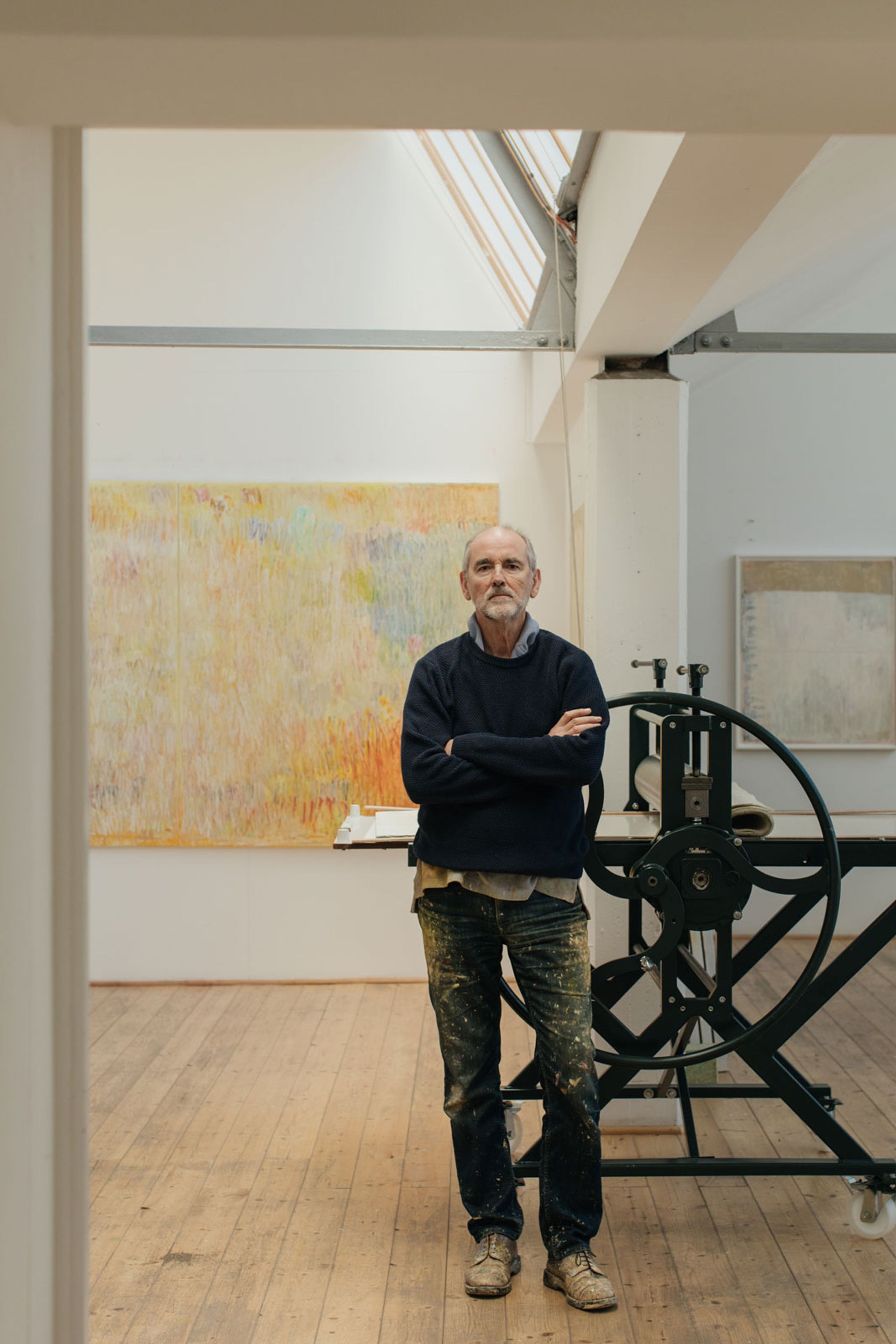
Christopher Le Brun © Maureen M. Evans
Christopher Le Brun, artist
An Image for Longing: Selected Letters and Journals of A. R. Ammons (2014, ELS Editions) by A. R. Ammons
“These days in the studio, on stepping back from the paintings, I have The Selected Poems of A. R. Ammons by my chair. He shares a way of writing that the best modern American poets possess—works that retain the freshness of the moment even as they wade out to thoughts that lie in the deeper current. But for summer reading I need more of a narrative, so I would take An Image for Longing, his selected letters and journals, which is an ideal guide and background to his most significant work. Opening it at any place you will find insights into the life of the artist and the state of art and poetry, always made in a conversational easy tone, and mixed frankly and humorously with his efforts to attain public recognition.”
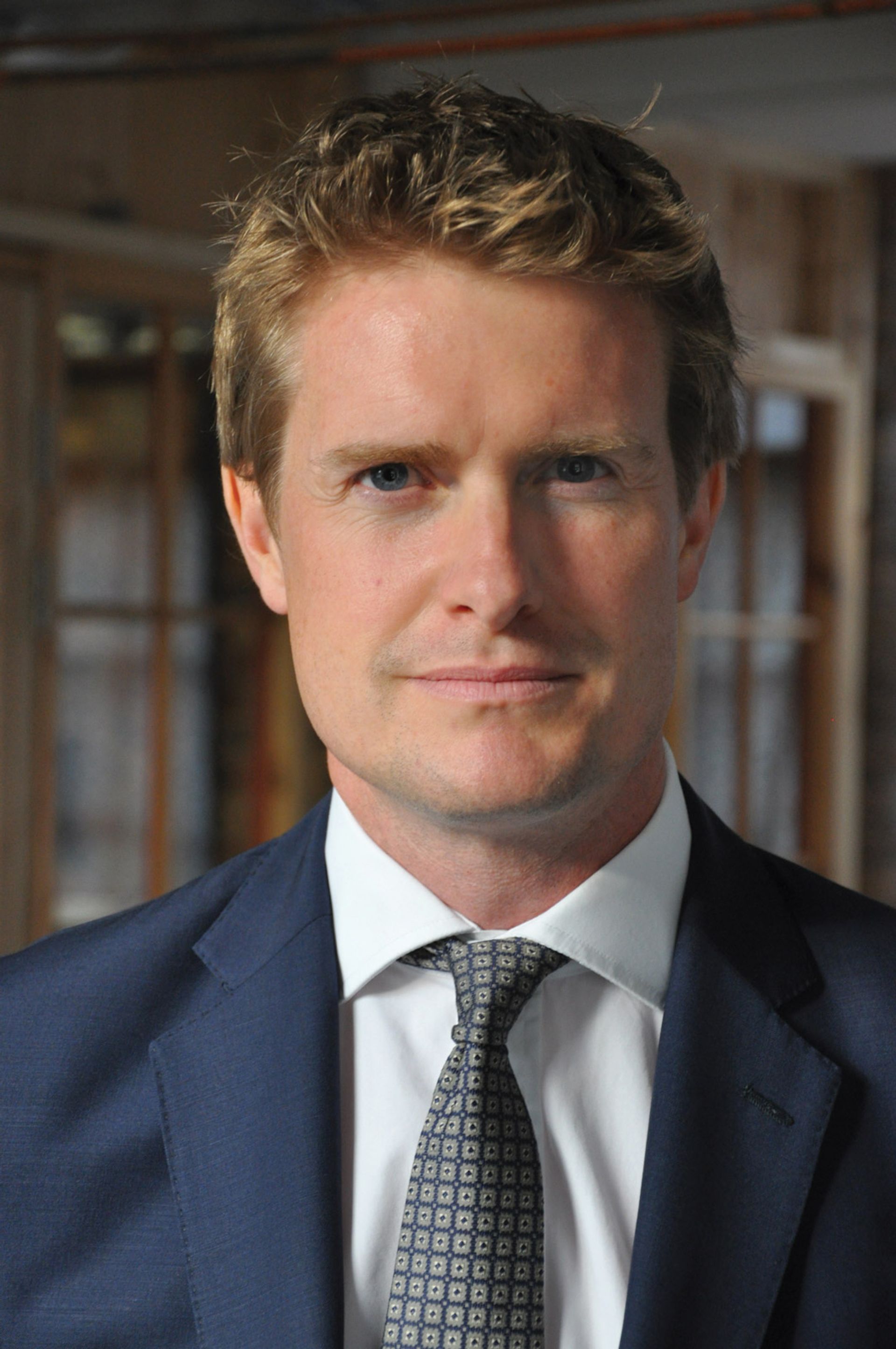
Tristram Hunt
Courtesy V&A
Tristram Hunt, director of Victoria and Albert Museum
Napoleon's Plunder and the Theft of Veronese’s Feast (2021, Thames & Hudson) by Cynthia Saltzman
“I would recommend Napoleon’s Plunder and the Theft of Veronese’s Feast: a superbly well-written account of Napoleon’s plundering of European art, all for the good of the Enlightenment. It so deftly mixes the life of Napoleon, with art history, with the legacy of Veronese, and asks fascinating questions around provenance, restitution, and the lifetime meaning of paintings.”
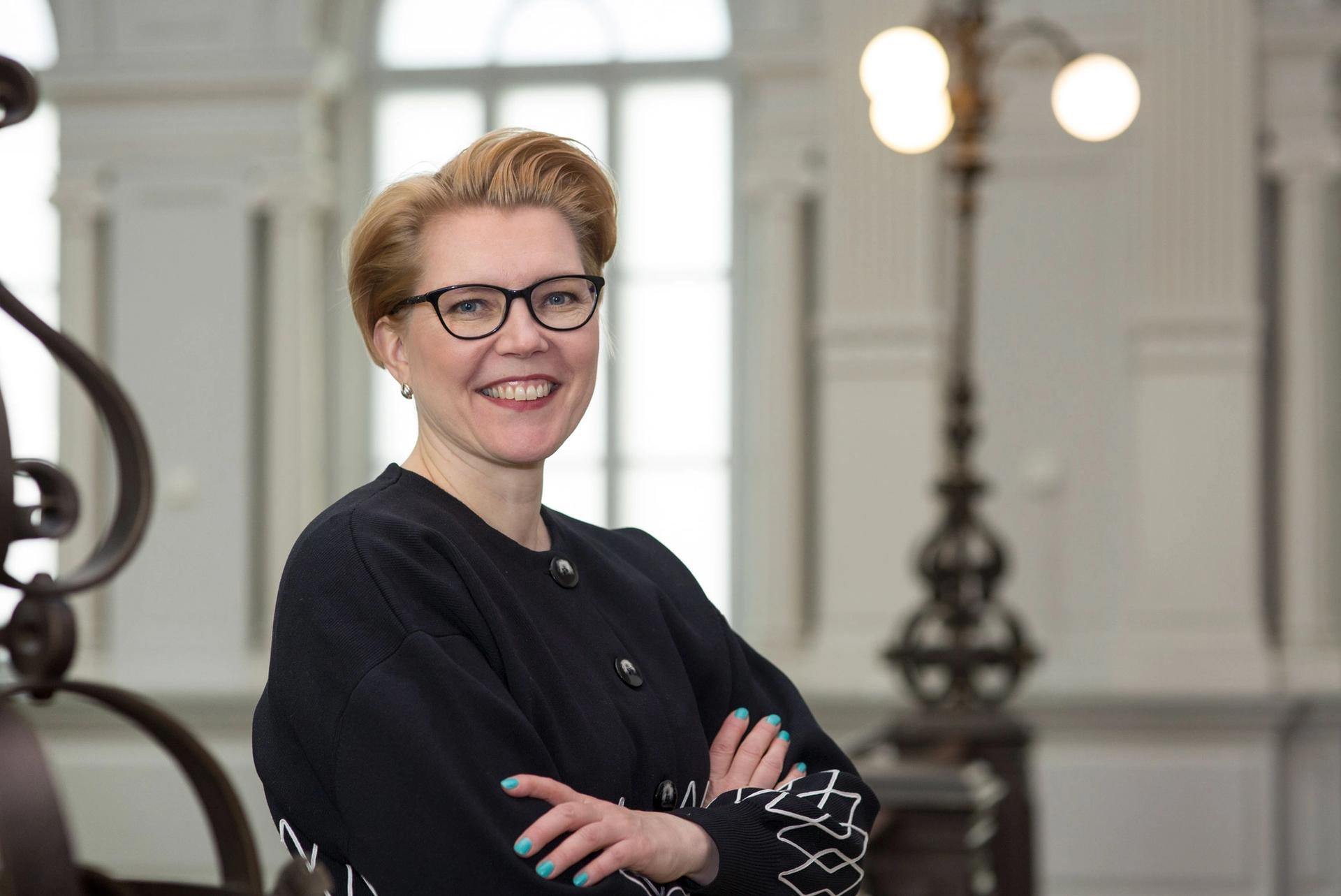
Johanna Eiramo Courtesy of Finnish National Gallery and Jenni Nurminen
Johanna Eiramo, director of digital programme at the Finnish National Gallery
The Women I Think About at Night (2018, Otava) by Mia Kankimäki
“Once you hit that delicious lull between seasons, when you’re feeling energised by rest but not yet ready to turn your mind towards things to come, my recommended read would be The Women I Think About at Night. From Artemisia Gentileschi and Sofonisba Anguissola to Nellie Bly, Kankimäki recounts the pure determination of ten women pioneers who maximised their potential when many thought that they possessed none. This book is a perfect mixture of history, positive energy and the wonder of travel. And the will to persevere on your unconventional journey, no matter what.”
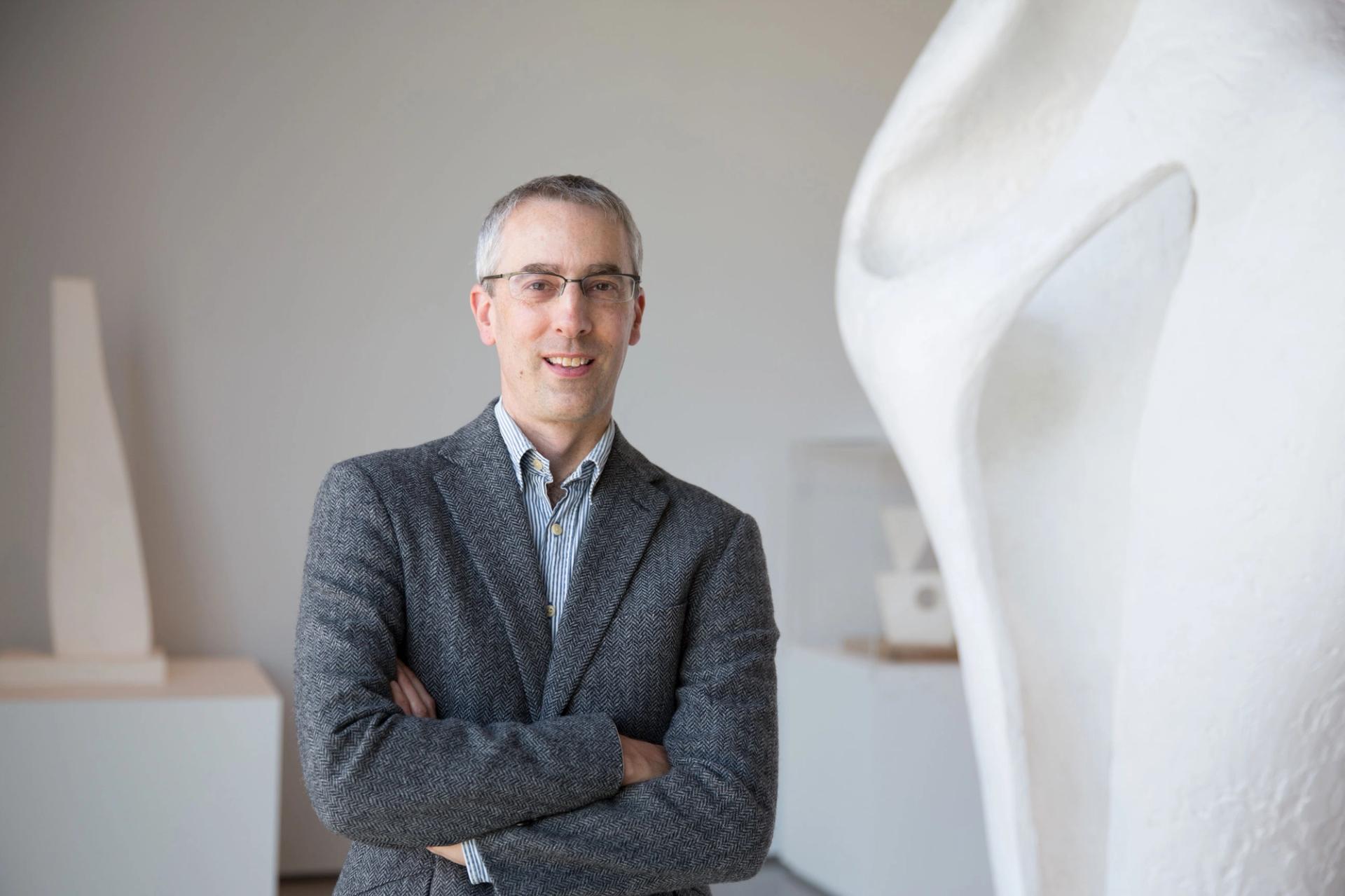
Simon Wallis Photo: Hannah Webster
Simon Wallis, director of the Hepworth Wakefield
Utz (1988, Jonathan Cape) by Bruce Chatwin
“I’ll be rereading one of my favourite novels, Utz by Bruce Chatwin. It’s a perfect miniature that says so much, so succinctly, about the curious and compulsive act of collecting art. The novel traces the fortunes of its enigmatic and unconventional hero, Kaspar Utz, who despite the restrictions of Cold War Czechoslovakia, asserts his individuality through an obsessive devotion to collecting Meissen porcelain. Utz, in part, builds on Chatwin’s experiences of working in the art world [at Sotheby’s, starting as a porter before working his way up and running the antiquities and Impressionist art departments]. During this period, he travelled extensively for his job and for adventure, also using these trips to buy antiques that he would resell to supplement his income. Utz is an engrossing little book that reflects on the uses, obsessions and consolations of art. Chatwin said: ‘My completely two-faced attitude to works of art is very, very strongly imprinted here. I love works of art and I absolutely hate them at the same time.’ It’s an ambivalence well worth considering through Utz, a captivating anti-hero.”

Joasia Krysa
Joasia Krysa, curator of the Helsinki Biennial 2023
The Mushroom at the End of the World Ruins (2015, Princeton University Press) by Anna Lowenhaupt Tsing
Decolonial Ecology: Thinking from the Caribbean World (2021, John Wiley & Sons) by Malcom Ferdinand
Towards a Poetics of Artificial Superintelligence (2015, After Us magazine) by Nora N. Khan
“As I’m working on the next edition of Helsinki Biennial, I’m spending this summer revisiting various writings that have shaped my thinking. In particular, I’m returning to Anna Lowenhaupt Tsing’s The Mushroom at the End of the World Ruins, which uses the example of matsutake mushrooms—which thrive in human-disturbed forests, including in Lapland, and is a delicacy that became part of the globalised commodity trade—to highlight pressing ecological and economic issues. I’m also reading Malcom Ferdinand’s Decolonial Ecology, [where he uses] the slave ship to reveal continuing inequalities today, and revisiting Nora N. Khan’s essay Towards a Poetics of Artificial Superintelligence, which talks about a future world emerging in which humans are not the central intelligence but ‘irrelevant bystanders’. Despite their critical undertones, these writings are fundamentally optimistic in helping to identify new scenarios for worlds that can emerge from what we are experiencing now.”
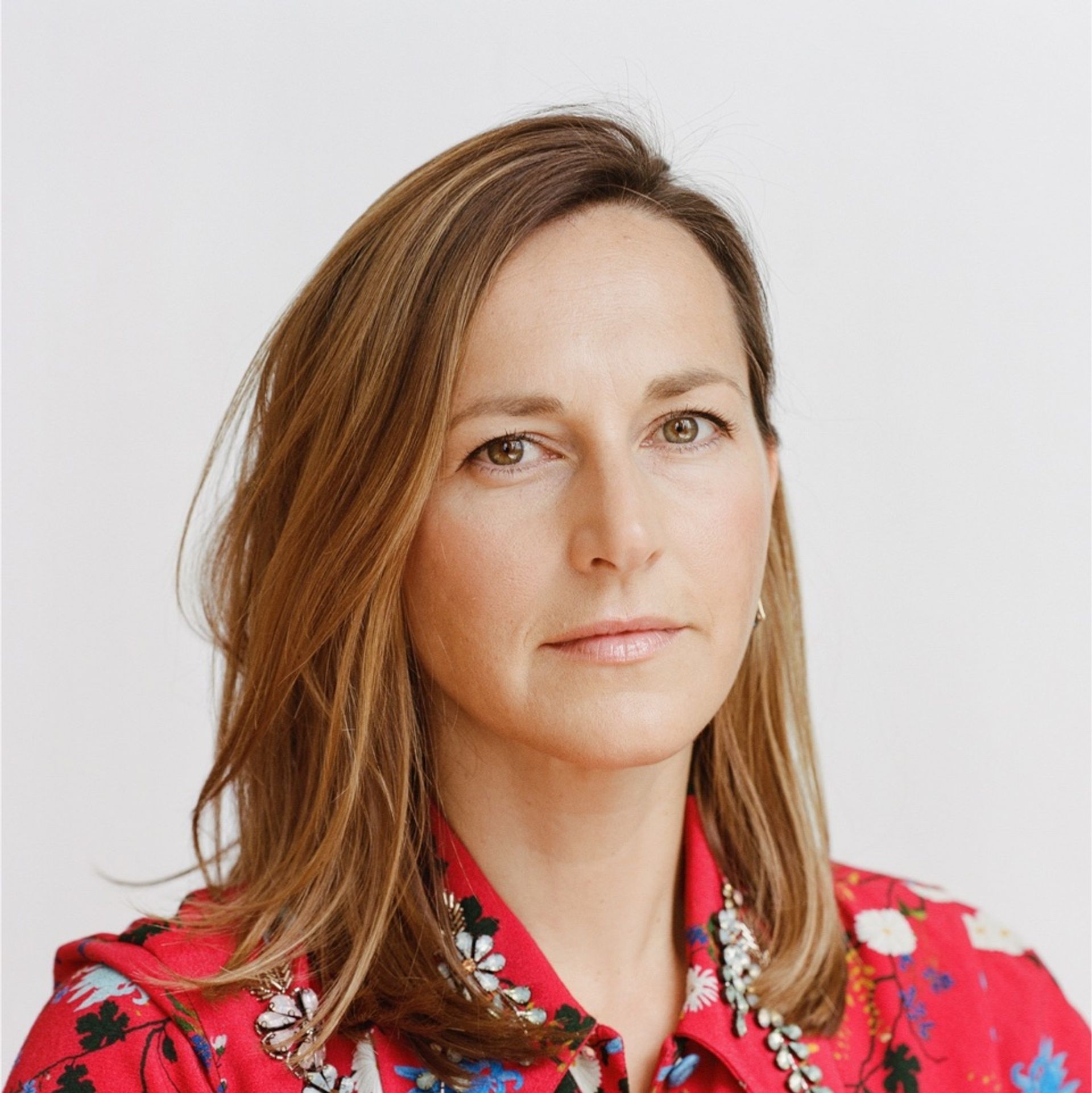
Jo Stella-Sawicka
Jo Stella-Sawicka, director of Goodman Gallery, London
The Jive Talker: Or How To Get a British Passport (2022, republished by September Books) by Samson Kambalu
“This summer I can’t wait to read Samson Kambalu’s The Jive Talker, a riotous memoir of his journey from Malawian childhood to becoming an Oxford Don, and culminating in his work [Antelope] being shown in Trafalgar Square on the Fourth Plinth this autumn.”

Bruce Boucher
Bruce Boucher, director of Sir John Soane’s Museum
The Real and the Romantic: English Art Between Two World Wars (2022, Thames & Hudson) by Frances Spalding
Joseph Wright of Derby: Painter of Darkness (2020, Yale University Press) by Matthew Craske
“Frances Spalding’s The Real and the Romantic had me at the cover with its enticing watercolour of a railway carriage and landscape by Eric Ravilious. An authoritative text and judiciously selected illustrations provide a great escape into the interwar years, which seem an age more and more like our own. For some shade amidst the current heatwave, I also plan to turn to Matthew Craske’s Joseph Wright of Derby: Painter of Darkness, for a dash of chiaroscuro.”
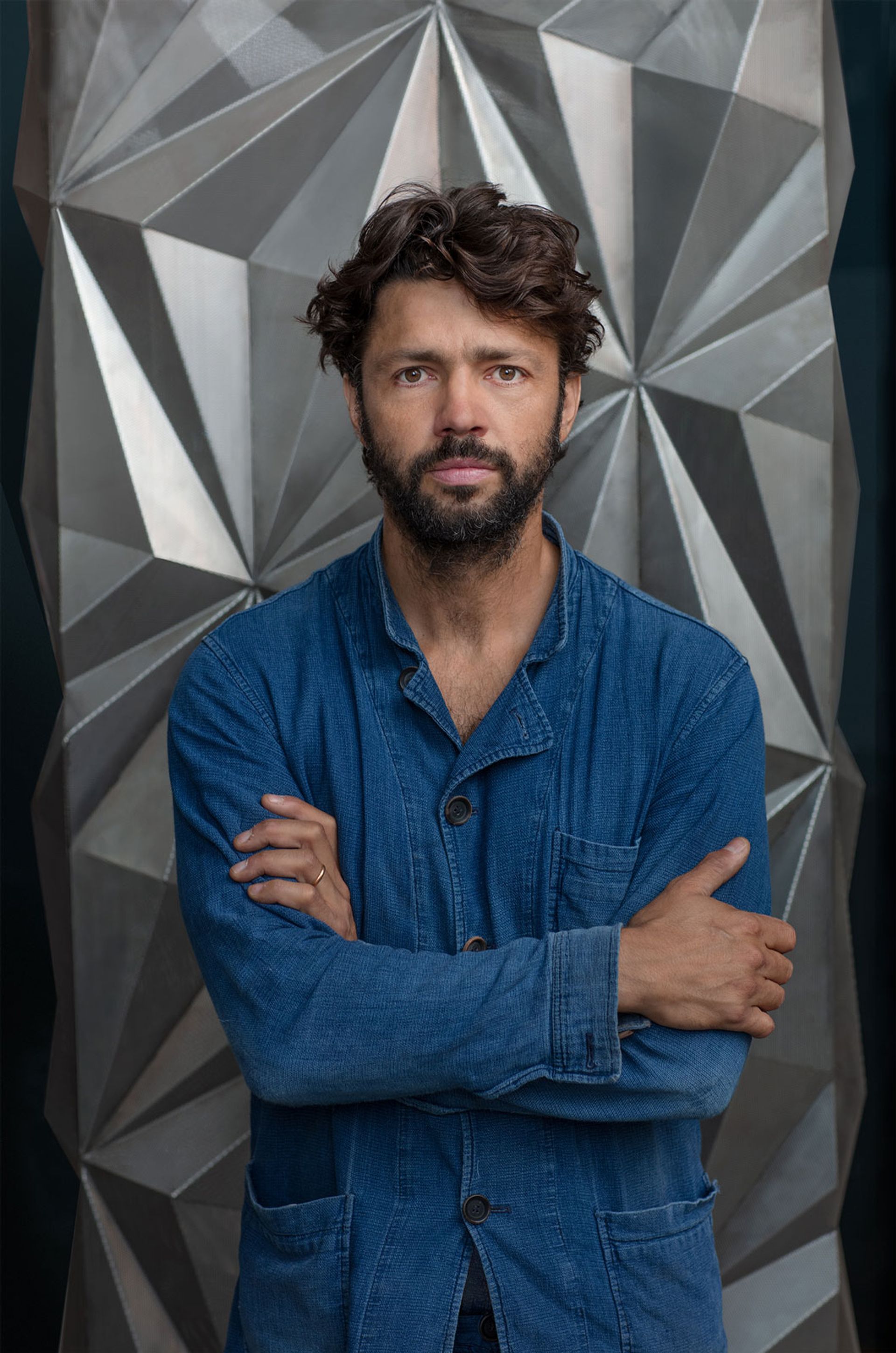
Conrad Shawcross Photo: Daniel Alka
Conrad Shawcross, artist
Inventory of a Life Mislaid (2021, HarperCollins) by Marina Warner
“I’ve been reading my mother Marina Warner’s new memoir of her childhood in Egypt. I think this book is a real breakthrough, as it so beautifully and seamlessly splices the fog of the real but distant memories of her childhood with her unrivalled knowledge of myth, culture, and fairy tale. It results in real recollections imbued with rich magical references; the edge of what is real and what is imaginary always remains in a state of ebb and flow.”

Ghislaine Wood © Piers Macdonald Photography Ltd
Ghislaine Wood, deputy director of the Sainsbury Centre
1000 Years of Joys and Sorrows (2021, Bodley Head) by Ai Weiwei
The Pursuit of Art: Travels, Encounters and Revelations (2019, Thames & Hudson) by Martin Gayford
“Science fiction is my usual holiday escape, but this year I’m taking two autobiographical works. Beyond the powerful work that he creates, I, like many people, have tremendous admiration for Ai Weiwei’s brave commentary on totalitarianism and his confrontation of the Chinese authorities. His memoir spans 100 years of China’s turbulent history and explores how the life and legacy of his father, the celebrated poet Ai Qing, provides a context for his practice as an artist. For a lighter read, I am also taking Martin Gayford’s The Pursuit of Art, which has been recommended as a great travel book. It follows Gayford’s journeys around the world to see art and artists.”
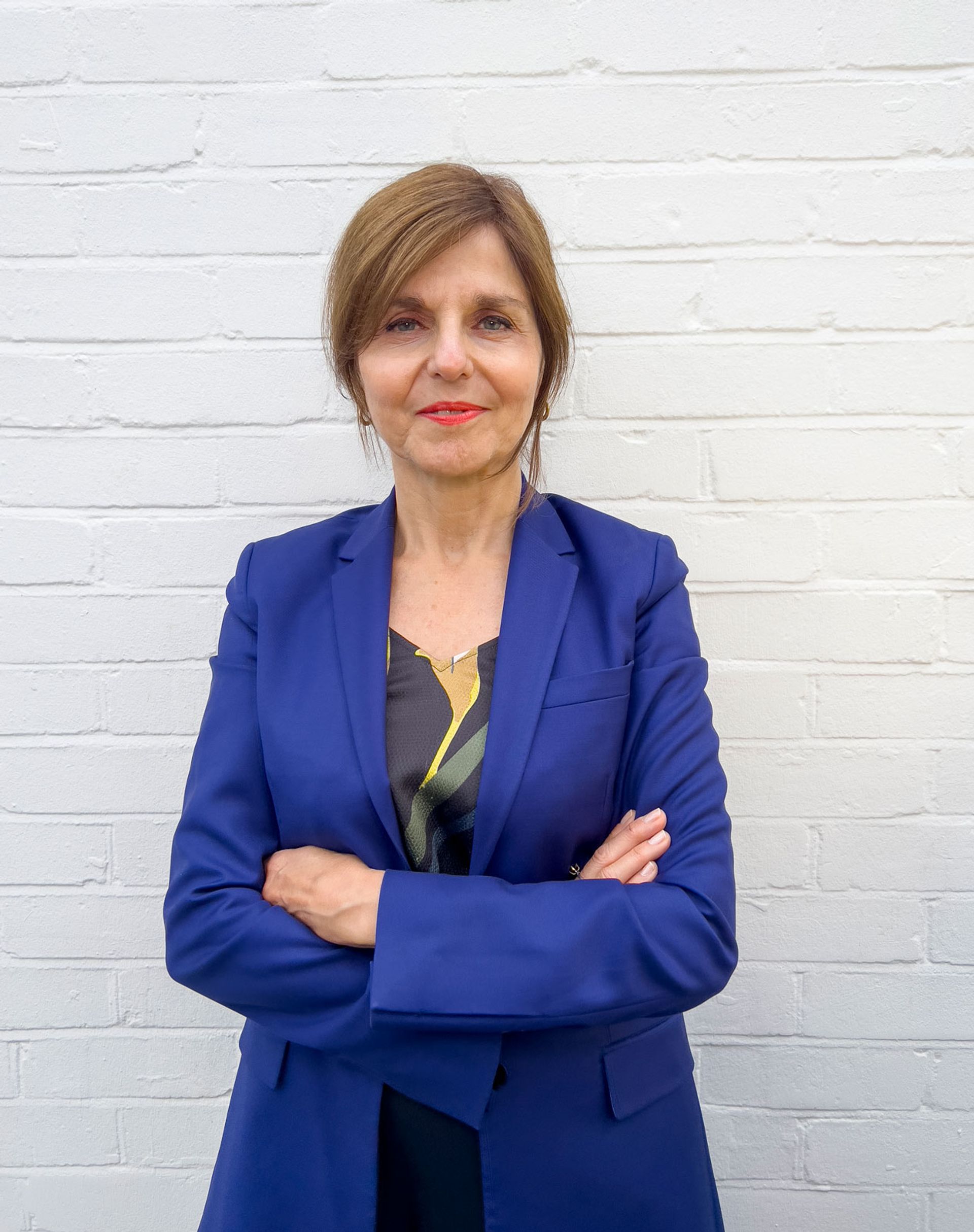
Gabriela Salgado Photo: Emma Blau
Gabriela Salgado, director of The Showroom
Learn To Act: Introducing the Eco Nomadic School (2017, Atelier d'Architecture Autogérée) edited by Katrin Böhm, Tom James and Doina Petrescu
“This book sheds light on the innovative work of several local community groups spread around six European countries. Under the umbrella of a school, the authors connect the projects to explore a form of self-organised, trans-local and peer-led learning. Inspired by civic engagement and alternative economies, this visionary guide harvests the groups’ creative contributions to their environment. In a light touch manner, it comprises projects ranging from low-tech architecture and rural activism to arts practice, seed preservation and academic research. Food for thought.”
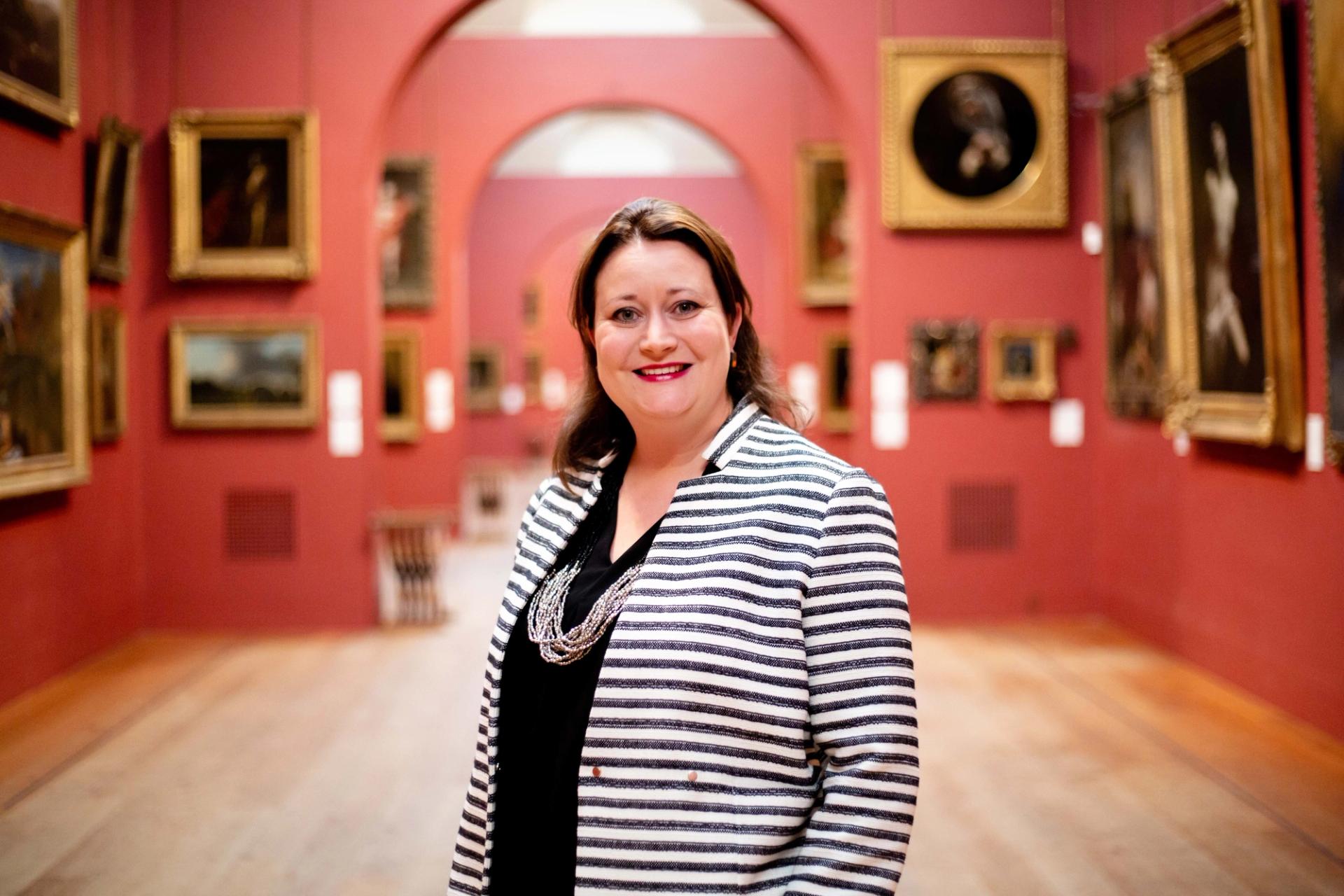
Jennifer Scott
Courtesy Dulwich Picture Gallery
Jennifer Scott, Director, Dulwich Picture Gallery
Patch Work. A Life Amongst Clothes (2021, Bloomsbury) by Claire Wilcox
"The best thing about summer for me is an all-too-fleeting moment when you float into a rested and reflective state of mind. Events from the past—recent and distant—start to make sense simply because you’ve stepped away from everyday pressures. In Patch Work, Claire Wilcox evokes that calm ordering of thoughts and memories that comes through distance and time. As a memoir of her life, and an ode to the skill of curating, her carefully crafted words lull you into a reverie. The sections can be dipped into like the shelves of an archive, each one rich with meaning, opening up visual recollections attached to material stuff. By sharing her stories of love, loss, confidence, and vulnerability, described with the precision of an exhibition label, she holds back enough of the messy details to make her deeply personal recollections feel universal and liberating."
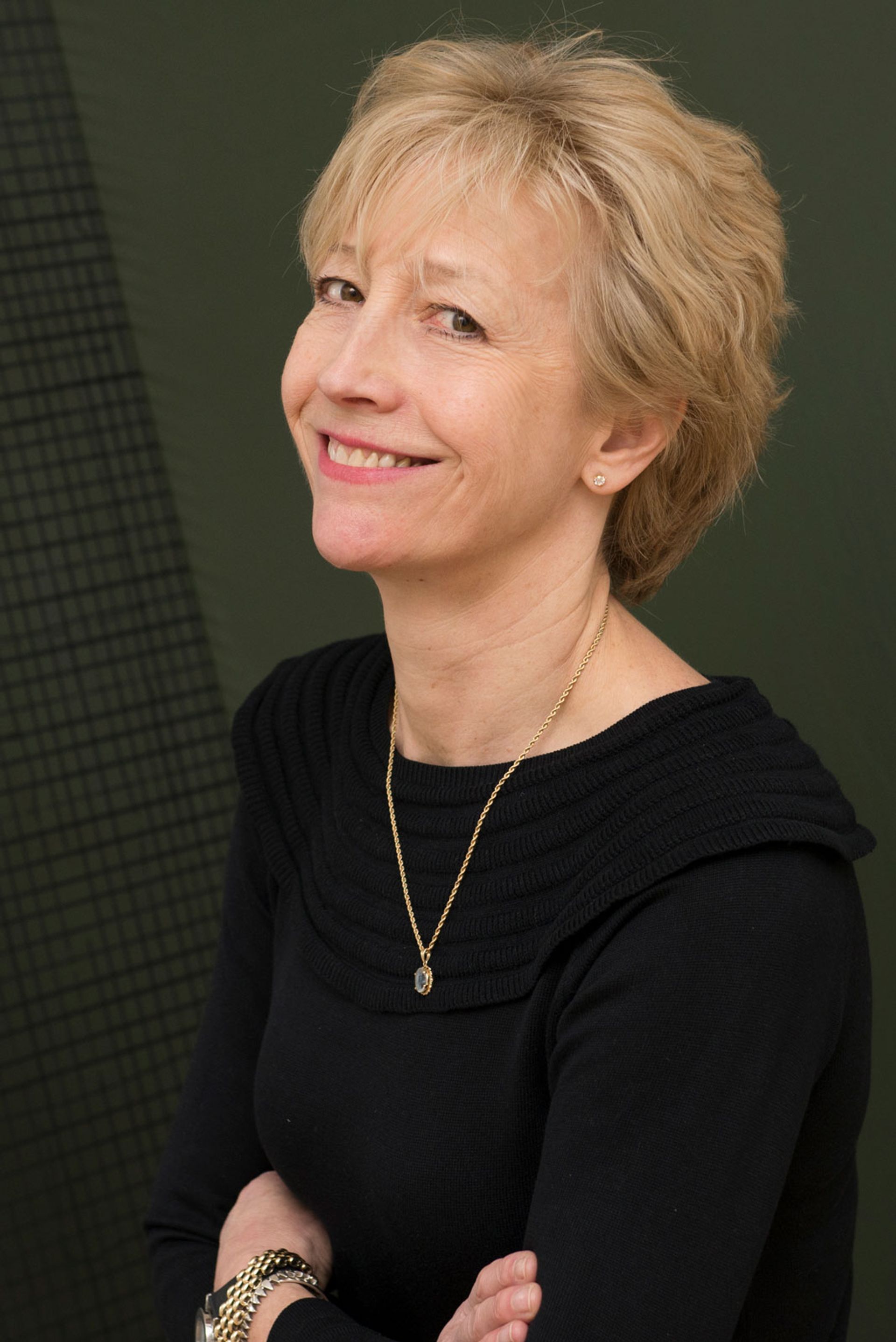
Pippy Houldsworth
Pippy Houldsworth, founder and director of Pippy Houldsworth Gallery
Ruth Asawa: Citizen of the Universe (2022, Thames & Hudson) by Emma Ridgway and Vibece Salthe
“Ruth Asawa’s life story is one of resilience, independence, and inspiration—a journey to assert her own identity in a world of contradiction and misunderstanding. Brought up by Japanese parents in California, Asawa’s world was turned upside down when the attack on Pearl Harbor led to the indiscriminate detention of Japanese American citizens. The book, and the exhibition it accompanies, traces Asawa’s practice from her family’s detention through to 1980 and sees her casting off both ‘Japanese’ and ’American’ labels, assuming her place as a ‘citizen of the universe’. Set against the barbed wire and chain link fences of that childhood internment camp, Asawa’s biomorphic wire sculptures seem to turn suffering and confinement inside out, blooming into a transcendent and liberating experience.”


